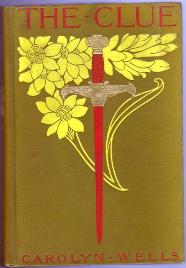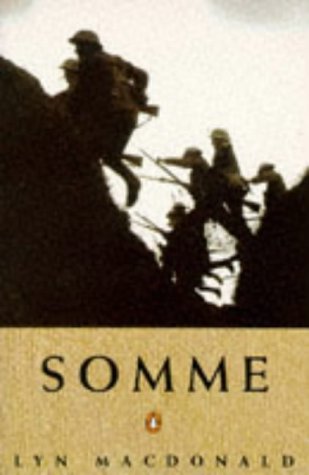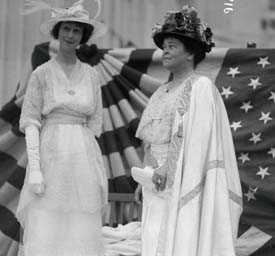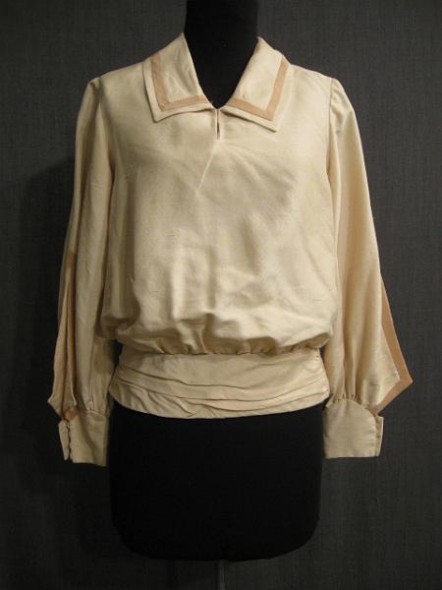Fortunately for me, my main library carried a small but excellent cache of books on Edwardian England, which enabled me to delve into the era at no cost. 1900s Lady, also known as The Edwardian Lady, was one of the first books I picked up when I began to research the Edwardian era, and though I don’t refer to it as often as I did in the past, it remains an invaluable source for anecdotes and a general overview.
Caffrey takes us from the beginning of the twentieth century to the start of the First World War, chronicling the typical life of an Edwardian woman from girlhood to court presentation to marriage and motherhood. Excerpts from period novels, newspapers, and etiquette books are mixed into the narrative to lend context and reflect upon popular culture, and Caffrey draws a bit from memoirs and diaries written by Edwardians. This is not a dry, scholarly look at the woman of the period, and indeed the book trips lightly over facts and stories–sometimes to the detriment of providing proper dates! (One instance that comes to mind is the mention of Madame Rachel, who was convicted of blackmail in the 1870s and died long before the turn of the century). However, Caffrey’s writing is witty, and the charts provided at the end regarding women’s employment is very informative.
The section that sticks out most is that on the Edwardian nanny: “During this time the English nanny was so admired and valued that aristocratic European families made every effort to secure one. The fact that every nanny though poorly of foreigners in general only made her more desirable.” And Jonathan Gathorne-Hardy, who considered 1895-1914 to be the era of the “Classic Nanny” goes so far as to theorize that “it was to the existence of the nanny that the well-bred Englishman of the nineteenth and early twentieth centuries owed his undoubted taste for lower-class girls as sex objects.”
Most importantly, this book stresses the definition of a lady. Beneath the wit and frothiness, Caffrey discusses the many elements and environments that braided together to create a woman distinctively different from a farmer’s daughter or a shopgirl, as well as contrasting the Edwardian lady with her predecessors.




